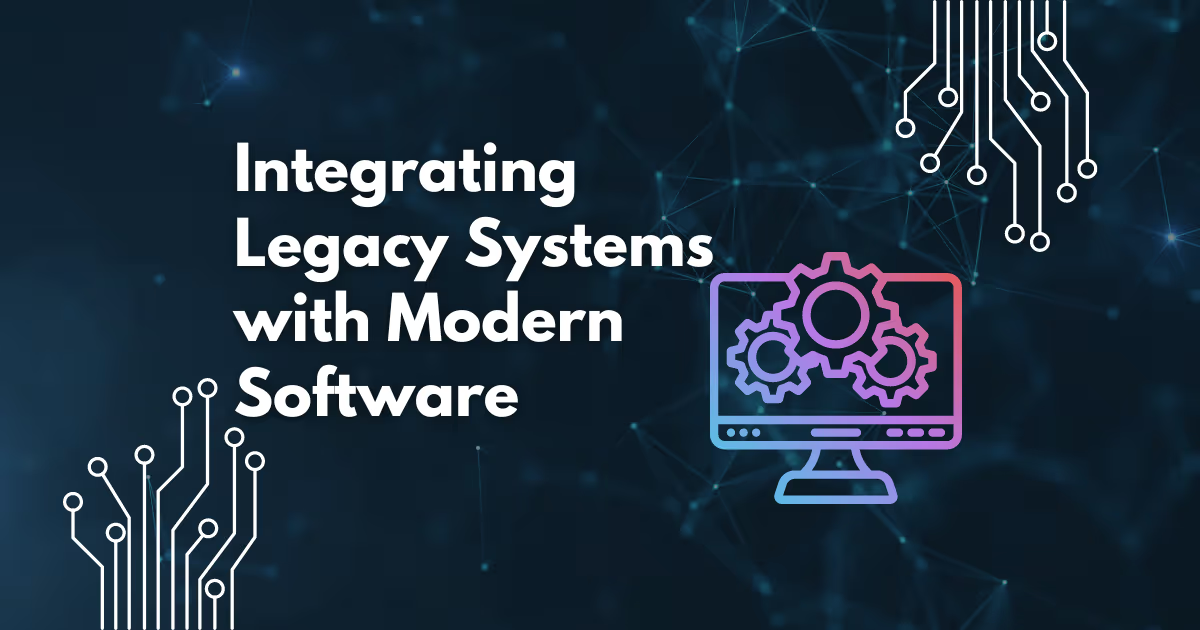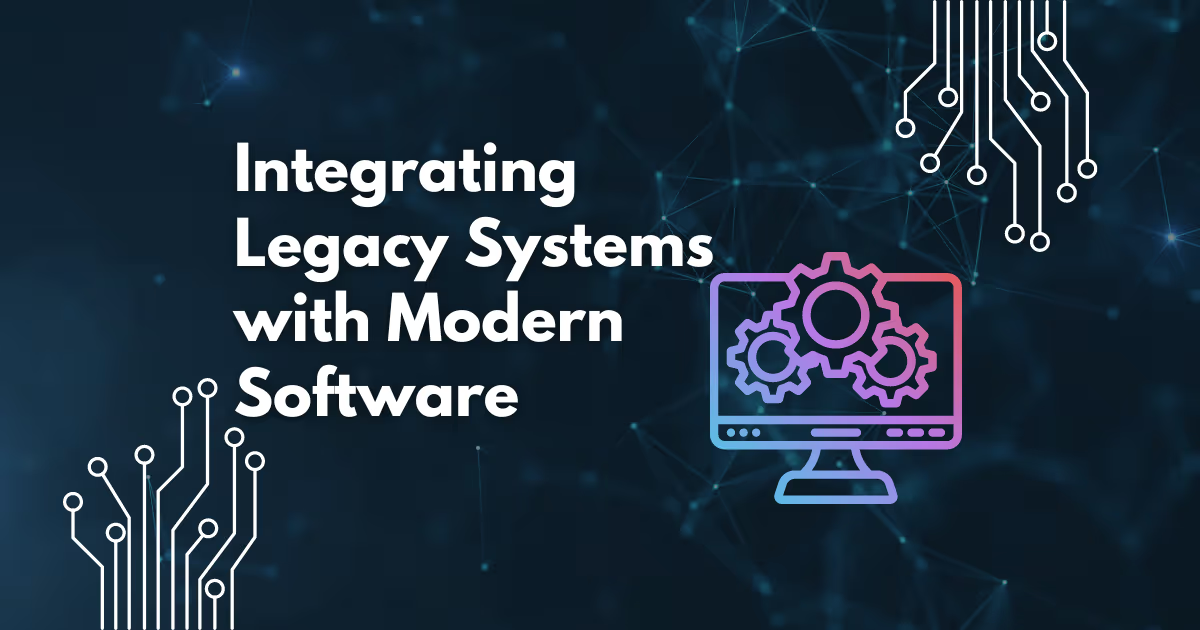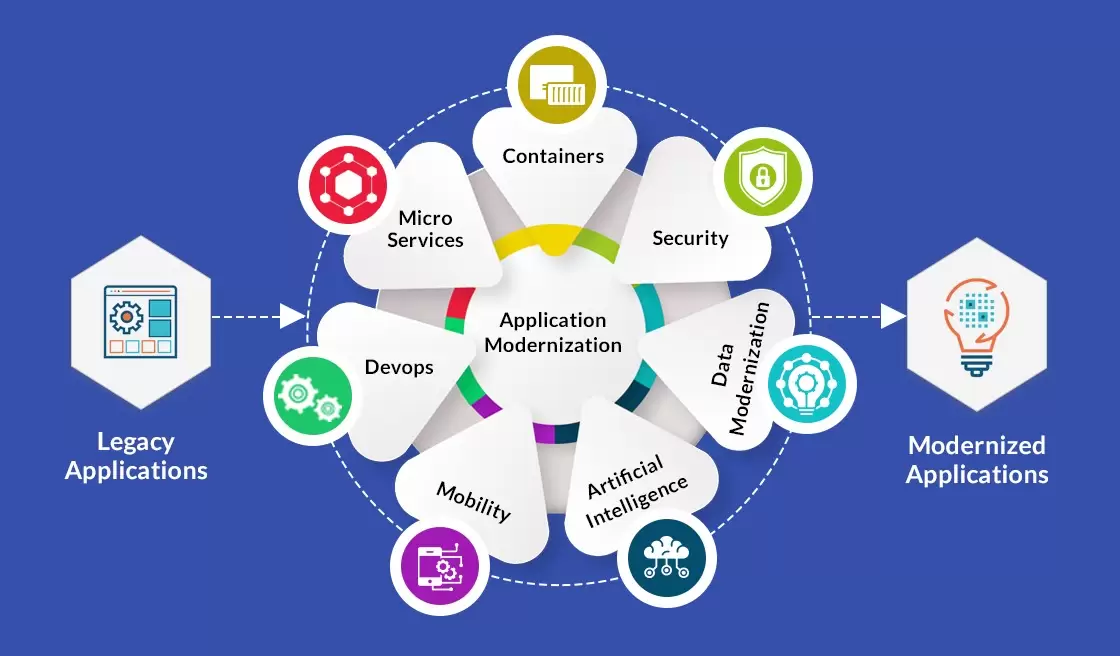In today’s fast-paced retail environment, businesses are constantly seeking new ways to optimize their operations and deliver an exceptional customer experience. Technology has become an integral part of this process, and one of the most impactful solutions is an Enterprise Resource Planning (ERP) system. While traditionally associated with large manufacturers, ERP systems are increasingly relevant for small and medium-sized retail enterprises that want a central hub for all their operational data. This comprehensive guide explores the ins and outs of ERP for retail stores, highlighting its benefits, features, challenges, and best practices for implementation.
Understanding ERP for Retail Stores
Enterprise Resource Planning (ERP) is a software framework designed to integrate and manage a range of business processes, from inventory tracking and financial accounting to sales, marketing, and customer relationship management. For a retail store, an ERP system offers a single source of truth for operations that might otherwise be scattered across multiple, disconnected software platforms.
Key takeaway: Instead of juggling different tools for point-of-sale (POS), inventory control, accounting, and customer service, a well-implemented ERP for retail stores unites these elements under one roof, reducing data silos, saving time, and improving decision-making.
Why Is ERP Crucial for Retail Stores?
- Enhanced Operational Efficiency:
In the retail industry, even a slight disruption—like running out of a popular product—can translate into lost sales and customer dissatisfaction. An ERP system automates routine tasks (e.g., reordering stock, generating sales reports), ensuring that everyday operations run without hiccups. - Real-Time Visibility of Data:
Making data-driven decisions requires real-time insights. Retail ERPs offer up-to-date metrics on sales, inventory levels, customer preferences, and financials. With this knowledge, store owners and managers can react swiftly to market changes—pricing adjustments, product promotions, or store layout modifications—before small issues escalate into bigger problems. - Scalability:
A growing retail store inevitably faces increased complexity, whether it’s opening new branches or expanding into eCommerce. ERP for retail stores is built to scale. As your business grows, you can add new modules (such as warehouse management or advanced analytics) without disrupting current operations. - Better Customer Experience:
Today’s shoppers expect seamless interactions at every touchpoint—online, in-store, or via mobile. By integrating POS systems, eCommerce platforms, and customer relationship management (CRM) modules, an ERP ensures that the customer’s journey is consistent and personalized. - Regulatory Compliance:
Complying with tax regulations, labor laws, and industry standards can be challenging for retailers, especially those with multiple locations. An ERP system’s centralized financial tracking and reporting features make it easier to maintain compliance and prepare documentation for audits or inspections.
Core Features of an ERP for Retail Stores
1. Inventory and Supply Chain Management
- Automated Replenishment: The system triggers reorder points based on current stock levels and forecasted demand.
- Traceability: Track the movement of products from supplier to warehouse to the store shelf.
- Multi-Location Support: For retail businesses with multiple branches, an ERP consolidates stock details from all locations in one interface.
2. Point of Sale (POS) Integration
- Real-Time Sales Tracking: Sales data automatically syncs with inventory and accounting, reducing manual data entry and errors.
- Omnichannel Compatibility: The ability to sync online and in-store transactions, ensuring consistent pricing and promotions.
3. Financial Management
- Budgeting and Forecasting: Generate financial reports that help store owners plan expenditures and predict future revenue.
- Accounts Payable and Receivable: Streamlined payment processes that reduce the risk of human error and ensure timely vendor and employee payments.
- Tax and Compliance: Built-in tax calculation features, facilitating quick reporting and filing.
4. Customer Relationship Management (CRM)
- Loyalty Programs: Automate loyalty rewards, discounts, and store credits for repeat customers.
- Targeted Marketing: Segment customers based on past purchases and preferences, enabling personalized marketing campaigns.
- After-Sales Service: Track customer inquiries, complaints, and service requests in a structured manner.
5. Analytics and Reporting
- Dashboards: Customizable dashboards that provide instant insight into sales trends, popular products, staff performance, and more.
- Predictive Analytics: Using historical data to forecast demand, optimize pricing, and schedule workforce effectively.
- Inventory Analytics: Identify slow-moving products or potential stockouts.
6. eCommerce and Marketplace Integration
- Unified Product Catalog: Automatically update product information, prices, and promotions across various online marketplaces.
- Order Fulfillment: A consolidated system for processing online orders, monitoring shipping statuses, and handling returns.
- Customer Data Synchronization: Single view of customer orders, allowing consistent service across channels.
Benefits of Implementing an ERP for Retail Stores
- Improved Accuracy and Reduced Errors:
Retail ERPs heavily reduce manual data entry across departments, leading to fewer mistakes in ordering and billing. - Faster Decision-Making:
Real-time dashboards and analytics enable stakeholders to assess performance quickly. When armed with accurate data, you can make informed decisions about pricing, product assortment, or promotions. - Cost Savings:
By automating various processes and reducing operational inefficiencies, ERP for retail stores often results in lower labor and inventory costs in the long run. - Stronger Customer Relationships:
With CRM functionality built into an ERP, retailers can develop deeper insights into customer preferences, enabling more meaningful engagement. - Employee Productivity:
An ERP reduces redundant tasks and rework, allowing your staff to focus on higher-value tasks such as customer interaction and strategic planning.
Potential Challenges and How to Overcome Them
- High Upfront Investment:
- Solution: Perform a thorough cost-benefit analysis. Start with essential modules, and expand as the ROI becomes clear. Additionally, many ERP vendors offer subscription-based models (SaaS) that reduce hefty initial costs.
- Resistance to Change:
- Solution: Encourage a culture of transparency. Involve staff in the decision-making process, and provide comprehensive training. This fosters acceptance and enthusiasm for the new system.
- Data Migration Complexities:
- Solution: Develop a robust data migration plan. Clean up and standardize data before importing into the ERP. Conduct thorough testing to identify and fix issues in advance.
- Integration Hiccups:
- Solution: Collaborate with ERP vendors who have experience integrating with your existing POS or eCommerce solutions. API-driven or out-of-the-box connectors can smooth out the process.
- Security and Data Privacy:
- Solution: Choose an ERP provider that prioritizes data encryption, secure access controls, and regular software updates. Implement role-based permissions so that only authorized personnel can access sensitive data.
Steps to Implement an ERP for Retail Stores
- Conduct a Needs Analysis:
Map out current processes. Identify pain points, such as inventory inaccuracies or billing mistakes, and define success metrics for the ERP. - Select the Right Vendor and Solution:
Evaluate potential ERP systems based on cost, features, scalability, and user-friendliness. Seek references from other retail businesses that have successfully implemented the same solution. - Project Planning:
Develop an implementation roadmap. Assign clear responsibilities to both your internal team and the ERP vendor’s support staff. Include milestones for data migration, testing, and training. - Data Migration:
Before going live, ensure all existing data—inventory lists, customer records, financial history—is accurate and standardized. - Training:
Conduct training sessions for employees across all levels—from managers analyzing reports to frontline staff using new POS terminals. Make training materials accessible for future reference. - Pilot Run:
Test the system with a small subset of the business, like one store location or a limited set of products, to catch any issues before a full-scale rollout. - Go Live and Continuous Improvement:
Launch the system across the organization. Monitor performance closely in the initial days or weeks, and gather feedback to fine-tune workflows. ERP systems require ongoing maintenance and updates to stay effective.
Reviews and Real-World Experiences
Below are some hypothetical but typical reviews from retail store owners and managers who have implemented an ERP solution:
- John Smith, Founder of Smith’s Family Grocers:
“Before implementing an ERP, we had constant stock shortages on popular items. We’d scramble to reorder, and sometimes deliveries would arrive late. After adopting an ERP solution, our reorder process is fully automated, and out-of-stock scenarios are rare. Sales have gone up by 15% in just six months.” - Amy Chen, Owner of ChicStyle Boutique:
“Bringing our eCommerce and in-store operations together under one ERP system was a game-changer. Tracking best-selling products across all channels is now simple, and we’ve launched personalized promotions for our loyalty members. We’ve seen a noticeable increase in repeat business.” - Carlos Ramirez, Regional Manager at GreenLeaf Outdoor Supplies:
“The ERP’s analytics tools give us a clear view of which items sell best in specific regions. We’ve optimized our product mix accordingly, saving on inventory costs. The staff initially resisted the new system, but with proper training, they now see the value in how it simplifies their tasks.”
Frequently Asked Questions (FAQ)
Q1: How long does it take to implement an ERP in a retail store?
A: The timeframe can vary widely, typically ranging from three months to a year. It depends on the complexity of the retail operations, the number of locations, data migration needs, and the scope of modules being deployed.
Q2: Do small retail stores really need an ERP, or is it only for larger enterprises?
A: While larger retail chains often benefit the most from an ERP’s robust features, small and medium-sized stores can also gain significant advantages. Even small retailers deal with inventory, sales, and finance, all of which can be more efficiently managed with a streamlined system.
Q3: What’s the difference between ERP and POS software for retail?
A: A POS system handles in-store transactions and sometimes basic inventory tracking. An ERP, in contrast, is an all-encompassing platform that includes financial accounting, supply chain management, CRM, and more. Many retailers integrate a POS within their ERP, unifying data across multiple departments.
Q4: How do I ensure data security when using a cloud-based ERP?
A: Look for ERP vendors that comply with industry-standard security protocols, such as ISO/IEC 27001 or SOC 2. Implement best practices like role-based access, multi-factor authentication, and regular data backups. Always review the vendor’s security documentation and service-level agreements (SLAs) before finalizing the contract.
Q5: Can I customize an ERP to fit my store’s unique operations?
A: Yes, most modern ERP solutions offer customization options, such as modular add-ons, configurable workflows, and APIs for third-party integrations. However, extensive customization can increase costs and complexity, so it’s essential to plan carefully and only customize where it adds tangible value.
References
- Gartner (2023): Magic Quadrant for Cloud ERP for Product-Centric Enterprises. Retrieved from Gartner Research Library (subscription required).
- Forrester (2022): Digital Transformation Survey. Forrester Research, Inc.
- Harvard Business Review: How Data Analytics Is Changing Retail. Link (Accessed January 2025).
Final Thoughts
Implementing an ERP for retail stores is no longer a luxury reserved for massive chains. In an era where customers expect real-time product availability, personalized marketing, and impeccable service, the need for streamlined operations and unified data is greater than ever. The right ERP system can help you optimize your supply chain, better understand your customers, and empower your staff to focus on strategic tasks rather than repetitive manual work.
Yes, the journey involves financial and organizational commitment, but the returns—improved efficiency, better customer experiences, and sustainable growth—are well worth the effort. By following best practices, engaging your team from the outset, and selecting a vendor that aligns with your specific needs, you set your retail enterprise on a trajectory for long-term success.
In summary: If you want to future-proof your retail business, harnessing the capabilities of an integrated ERP system is a strategic step. Whether you operate a single boutique or manage a multi-location enterprise, modern retail challenges demand robust, data-driven solutions. With clear goals, meticulous planning, and the right partner, implementing an ERP can become the catalyst for transforming your retail operations, ensuring you stay competitive in a rapidly evolving market.








